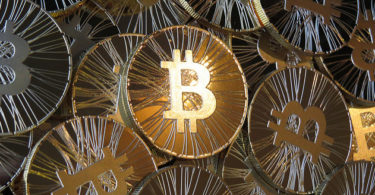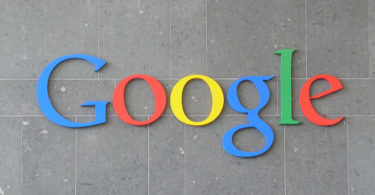This story was originally published here.
For the last three weeks, chants of “No justice, no peace!” have echoed across hundreds of American cities as millions of people have taken to the streets to protest against police violence after the killings of black citizens George Floyd and Breonna Taylor by white officers.
It’s a simple chant, but it’s hard to argue with its underlying logic. Racial injustice feeds civil unrest. It’s a pattern which we’ve seen again and again — in Baltimore in 2015 after the killing of Freddie Gray by police, in Los Angeles in 1992 after the near-killing of Rodney King, and across the country in 1968 after the killing of Martin Luther King, Jr. by a white supremacist.
And police brutality is far from the only injustice black Americans live with.
Systemic racism has also given rise to a shockingly large racial wealth gap in the United States. And that gap has grown significantly in the last three decades.

The COVID-19 recession is making the divide even more apparent. As my colleague Jason Stutman wrote in a recent article:
The timing of these protests should not be taken out of context. We just spent the last several months under a near nationwide lockdown, spiraling headfirst into an economic depression. Black Americans in particular have reported being furloughed and laid off at higher rates…
America’s racial wealth gap has a variety of causes, including racist government policies, historical inequities, and subtle forms of discrimination in the labor and credit markets which persist to this day.
I don’t claim to have the solution to this worsening social crisis. But I’m using my column this week to discuss the historical origins of the racial wealth gap, its destabilizing effects on America’s present-day economy, and the ideas which black economists and financial experts have put forward to help black people overcome economic racism.
Editor's Note: Click here for the full story.
60x better than Tesla Batteries
My friends complain all the time about charging their Teslas. It takes five hours. And that’s just when it’s half dead.
So imagine their surprise when I recently told them about a brand-new green technology that charges not in hours, but in less than five minutes.
It’s as quick as filling a tank of gas, except there’s no carbon emissions…
It lasts hundreds of miles longer…
And it NEVER dies — it can recharge forever.
The only thing it emits is pure, clean drinking water.
Best of all, it’s cheaper than batteries. And safer.
I tested this technology myself recently…

And it’s so remarkable that I now agree with the experts who say: “this is the Tesla killer.”
Bloomberg projects it to “skyrocket 1,000 times over.” And best of all…
The tiny little-known stock behind the “Tesla Killer” trades for only a few bucks.
Don’t wait another moment.
Now you can lock in its shares for a few dollars, instead of $300 like Tesla.






